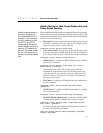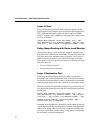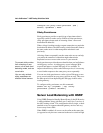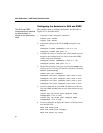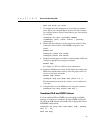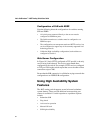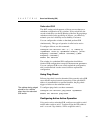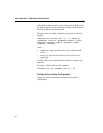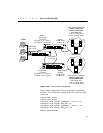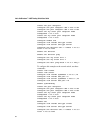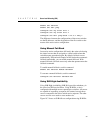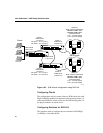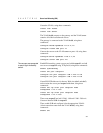
C H A P T E R 18 Server Load Balancing (SLB)
383
Redundant SLB
The 480T routing switch supports a failover process that uses a
redundant configuration of two switches. If one switch fails, the
second switch takes over the SLB duties of the first. By preparing a
redundant switch for the possibility of failover, you effectively
maintain your site’s reliability and availability in advance.
You can configure the switches so that both perform SLB
simultaneously. This type of operation is called active-active.
To configure failover, use this command:
configure slb failover unit [1 | 2] remote-ip
<ipaddress> local-ip <ipaddress>:<L4Port> {alive-
frequency <seconds> timeout <seconds>} {dead-
frequency <seconds>}
enable slb failover
The switches in a redundant SLB configuration should have
identical SLB configurations except for the
failover parameters.
You can configure SLB on one switch, upload the configuration,
edit it, and download it to the second switch to replicate the
configuration.
Using Ping-Check
Failover ping-check is used to determine if the currently active SLB
server has the required network connectivity. If the specified IP
address is unreachable for a specified duration, the ping-check
triggers a failover to the redundant switch.
The address being pinged
should be for a device
other than the redundant
SLB switch.
To configure ping-check, use these commands:
configure slb failover ping-check <ipaddress>
enable slb failover ping-check
Configuring Active-Active Operation
Using active-active redundant SLB, configure one switch as unit 1
and the other switch as unit 2. You then assign the VIPs either to
unit 1 or to unit 2 (by default, a VIP is assigned to unit 1).



